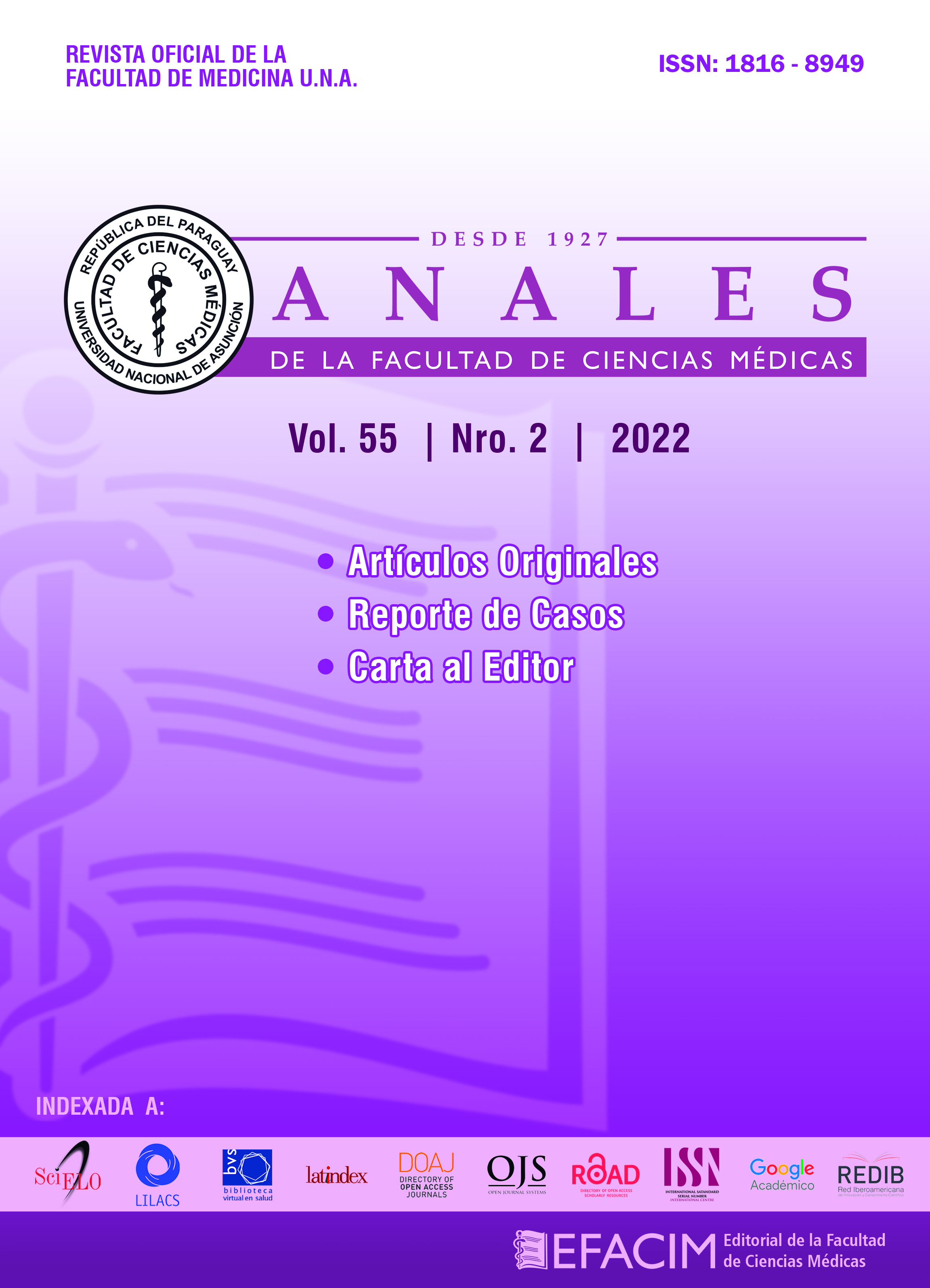Erupción dentaria, actualización en los mecanismos eruptivos: a propósito de un caso
Palabras clave:
Ortodoncia, extracción, erupciónResumen
Introducción:
El presente artículo ahonda en las teorías más aceptadas sobre el proceso de erupción dental en la literatura de hoy en día y, desde este enfoque, expone el caso clínico de una paciente de 12 años de edad que presentaba retención de caninos y molares temporales. A dicha paciente se le trató clínicamente mediante exodoncias seriadas y se muestra su evolución posterior al tratamiento dental.
Objetivos:
Lograr entender de mejor manera el proceso de la erupción dental en base a la actual bibliografía.
Materiales y métodos:
Se realizó una revisión bibliográfica con palabras claves: “erupción dental”, “extracciones seriadas”, “retención dental” y “evolución dental”. La paciente fue evaluada y tratada ortodóncicamente, mediante extracciones seriadas y se realizaron controles dentales periódicos con toma de radiografía panorámica para evaluar su evolución.
Conclusión:
El folículo dental y el retículo estrellado son las estructuras encargadas de generar el proceso eruptivo del diente mediante la interacción de diversas moléculas. Estas moléculas deben encajar dentro de un contexto para que cada diente erupcione de manera independiente.
Descargas
Métricas
Citas
Bastos J, Peres M, Peres K, Barros A. Infant growth, development and tooth emergence patterns: A longitudinal study from birth to 6 years of age. Archives of Oral Biology. 2007;52(6):598-606.
McDonald R, Avery D, Dean J. Dentistry for the child and adolescent. St. Louis, Mo.: Mosby; 2010.Chapter 9, pp.150-176.
Gowgiel J. Eruption of Irradiation-produced Rootless Teeth in Monkeys. Journal of Dental Research. 1961;40(3):538-547.
Brin I, Zilberman Y, Galili D, Fuks A. Eruption of rootless teeth in congenital renal disease. Oral Surgery, Oral Medicine, Oral Pathology. 1985;60(1):61-64.
Marks S, Schroeder H. (1996). Tooth eruption: Theories and facts. The Anatomical Record, 245(2), pp.374-393.
Brash J. The growth of the alveolar bone and its relation to the movements of the teeth, including eruption. International Journal of Orthodontia, Oral Surgery and Radiography. 1928;14(6):487-504.
Roberts T, Stephen L, Beighton P. Cleidocranial dysplasia: a review of the dental, historical, and practical implications with an overview of the South African experience. Oral Surgery, Oral Medicine, Oral Pathology and Oral Radiology. 2013;115(1):46-55.
Gómez de Ferraris M, Campos Muñoz A. Histología, embriología e ingeniería tisular bucodental. México: Medica Panamericana; 2009.
Marks S, Cahill D. Experimental study in the dog of the non-active role of the tooth in the eruptive process. Archives of Oral Biology. 1984;29(4):311-322.
Marks S. Tooth eruption depends in bone resorption: Experimental evidence from osteoetpotrotic (ia) rats. Metabolic Bone Disease and Related Research. 1981;3(2):107-115.
Wise G, Frazier-Bowers S, D’Souza R. Cellular, Molecular, and Genetic Determinants of Tooth Eruption. Critical Reviews in Oral Biology & Medicine. 2002;13(4):323-335.
Moxham B, Berkovitz B. The effects of root transection on the unimpeded eruption rate of the rabbit mandibular incisor. Archives of Oral Biology. 1974;19(10):903-909.
Van Hassel H, McMinn R. Pressure differential favouring tooth eruption in the dog. Archives of Oral Biology. 1972;17(1):183-190.
Huang H, Wise G. Delay of tooth eruption in null mice devoid of the type I IL-1R gene. European Journal of Oral Sciences. 2000;108(4):297-302.
Cielinski M, Jolie M, Wise G, Marks S. The Contrasting Effects of Colony-Stimulating Factor-1 and Epidermal Growth Factor on Tooth Eruption in the Rat. Connective Tissue Research. 1995;32(1-4):165-169.
Kong Y, Yoshida H, Sarosi I, Tan H, Timms E, Capparelli C, et al. OPGL is a key regulator of osteoclastogenesis, lymphocyte development and lymph-node organogenesis. Nature. 1999;397(6717):315-323.
Larson E, Cahill D, Gorski J, Marks S. (1994). The effect of removing the true dental follicle on premolar eruption in the dog. Archives of Oral Biology, 39(4), pp.271-275. [
. Wise G, Lin F, Zhao L. Transcription and Translation of CSF-1 in the Dental Follicle. Journal of Dental Research. 1995;74(9):1551-1557.
Gorski J, Marks S, Cahill D, Wise G. Developmental changes in the extracellular matrix of the dental follicle during tooth eruption. Connective Tissue Research. 1988;18(3):175-190.






